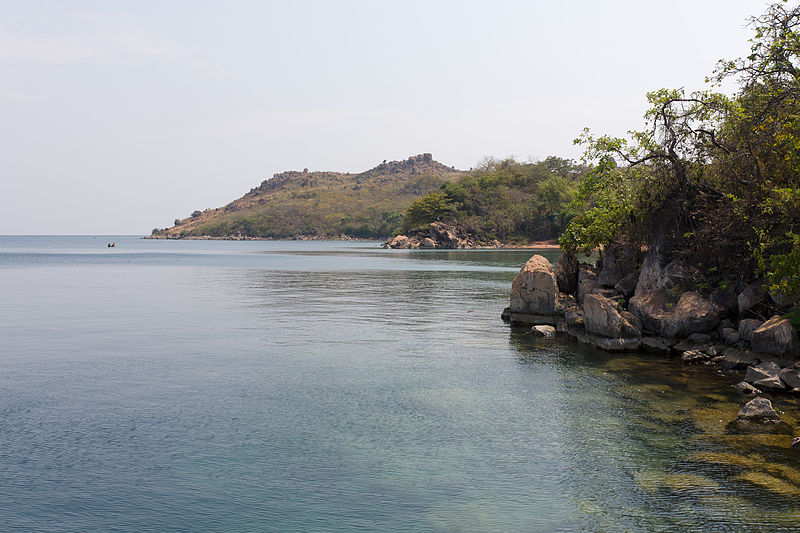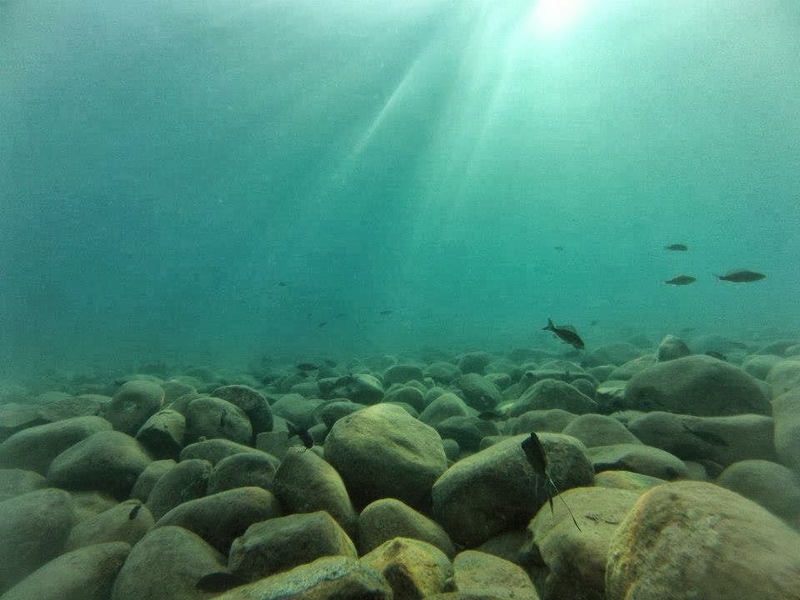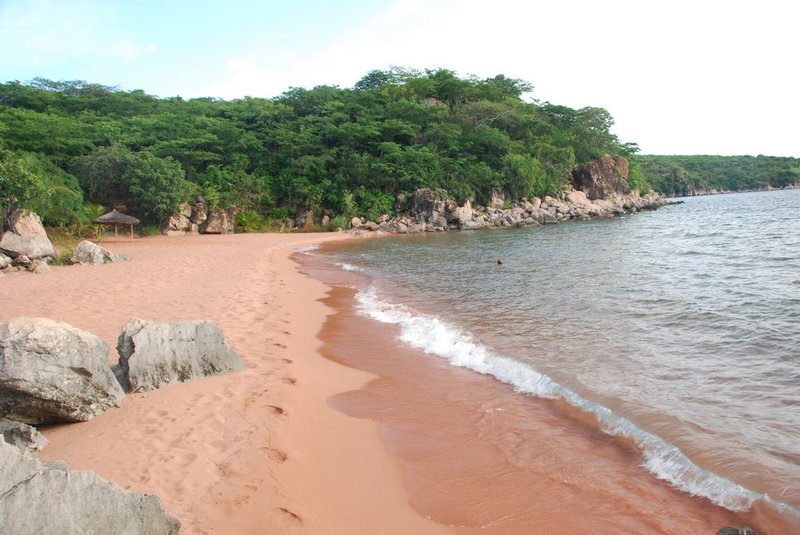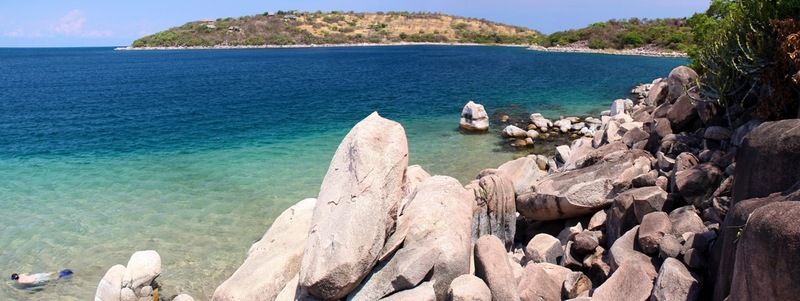Lake Tanganyika
Tanganyika is the largest lake in Africa, located on the territory of 4 states: Tanzania, Burundi, Zambia and Congo. In addition, it is one of the deepest lakes with a maximum depth of 1,470 meters. It is second only to Lake Baikal in depth.
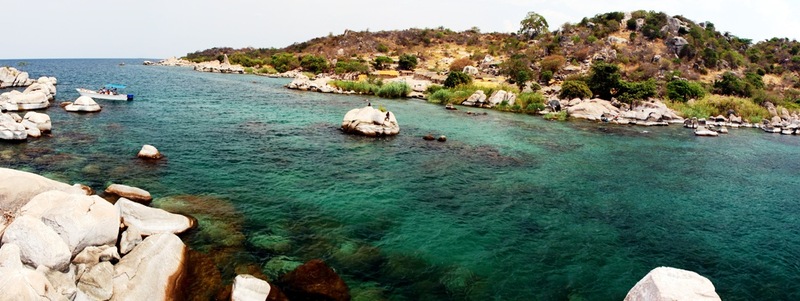
According to one version, the name of the lake comes from the word "Etanga yanya", which in translation from the language of the Bemba tribe means "a container with water and a lot of fish". Tanganyika has outstanding characteristics, in addition to its enormous depth, the lake stretches for 676 kilometers, being the longest lake in the world. 64.8 km3 of water flows into Tanganyika per year, while only 3.6 km3 (5.6%) flows through the Lukugu River, all the rest of the water evaporates in hot climates.
There is a huge concentration of hydrogen sulfide in Tanganyika, so there is no life deeper than two hundred meters. The rest of the lake is home to a lot of rare fish, of the 200 species of fish found in the lake, 170 are not found in the natural environment. This is due to the fact that the lake has been isolated for millions of years and has not dried up. You can also see hippos, crocodiles, all kinds of shellfish and crayfish. Many fish from the lake can be seen in our aquariums.
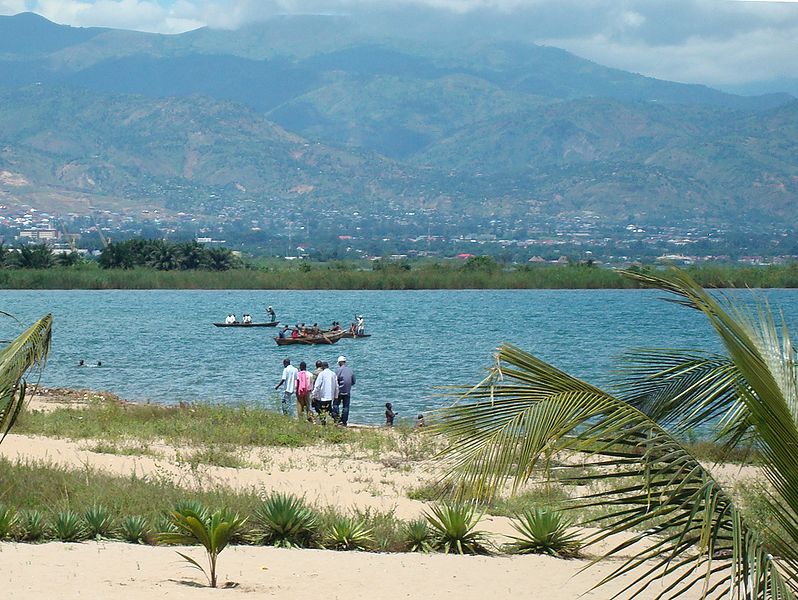
The recent beauty of the lake Tanganyika destroys people with industrial and agricultural waste. Sometimes it comes to the point of absurdity. In Burundi, due to the lack of basic sanitation and running water, residents relieve themselves in a lake and take water from there for cooking and drinking. In this regard, outbreaks of infectious diseases often appear in Burundi. Imported plant species pose another environmental problem. For example, a water hyacinth, growing on the surface of the water, prevents sunlight from reaching the depth, which causes underwater plants to die and the oxygen balance to be disrupted. Fish have to migrate further or die due to lack of oxygen.
Tourism is quite well developed on the lake shore. Small hotels can be found in the picturesque bays, exotic lovers can settle in stylized huts.
